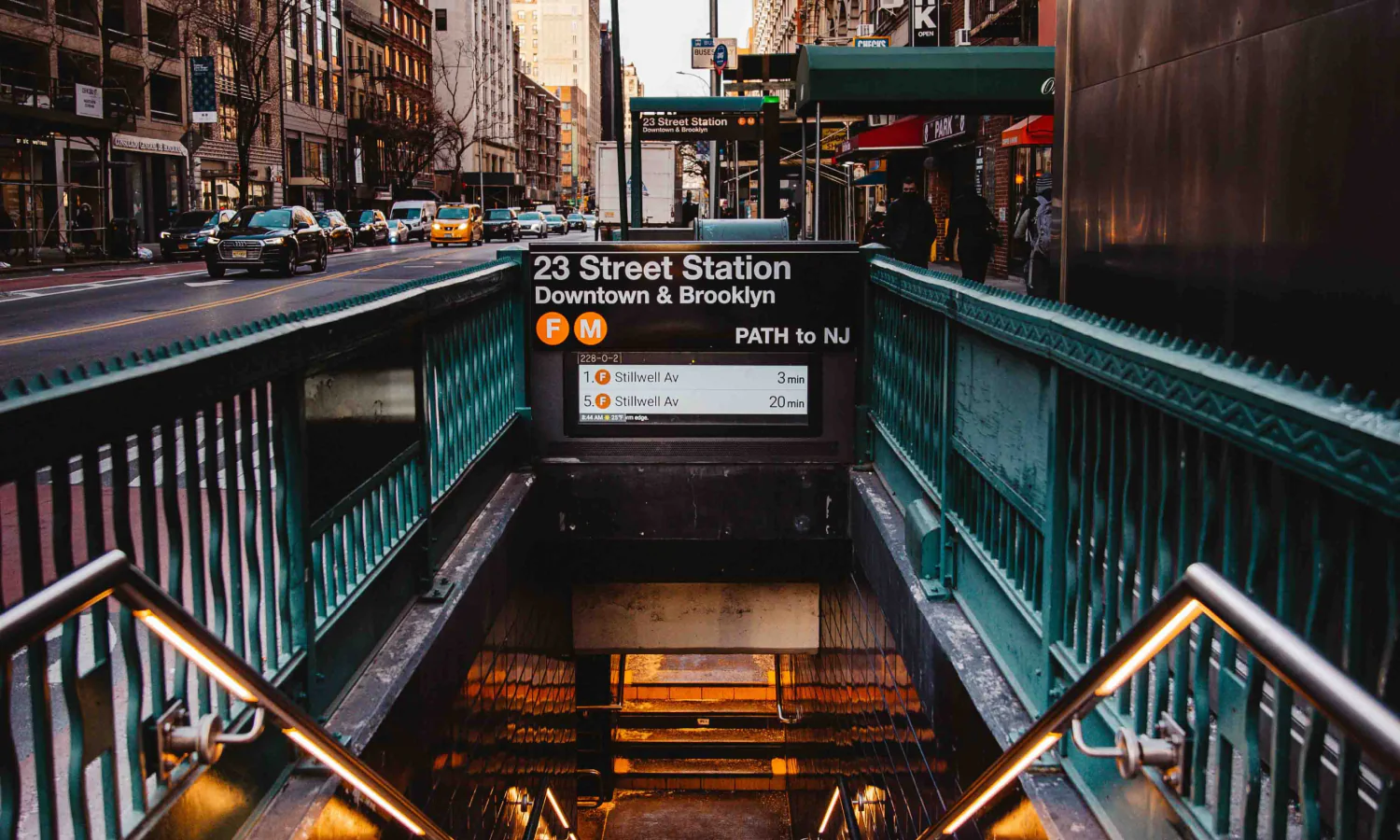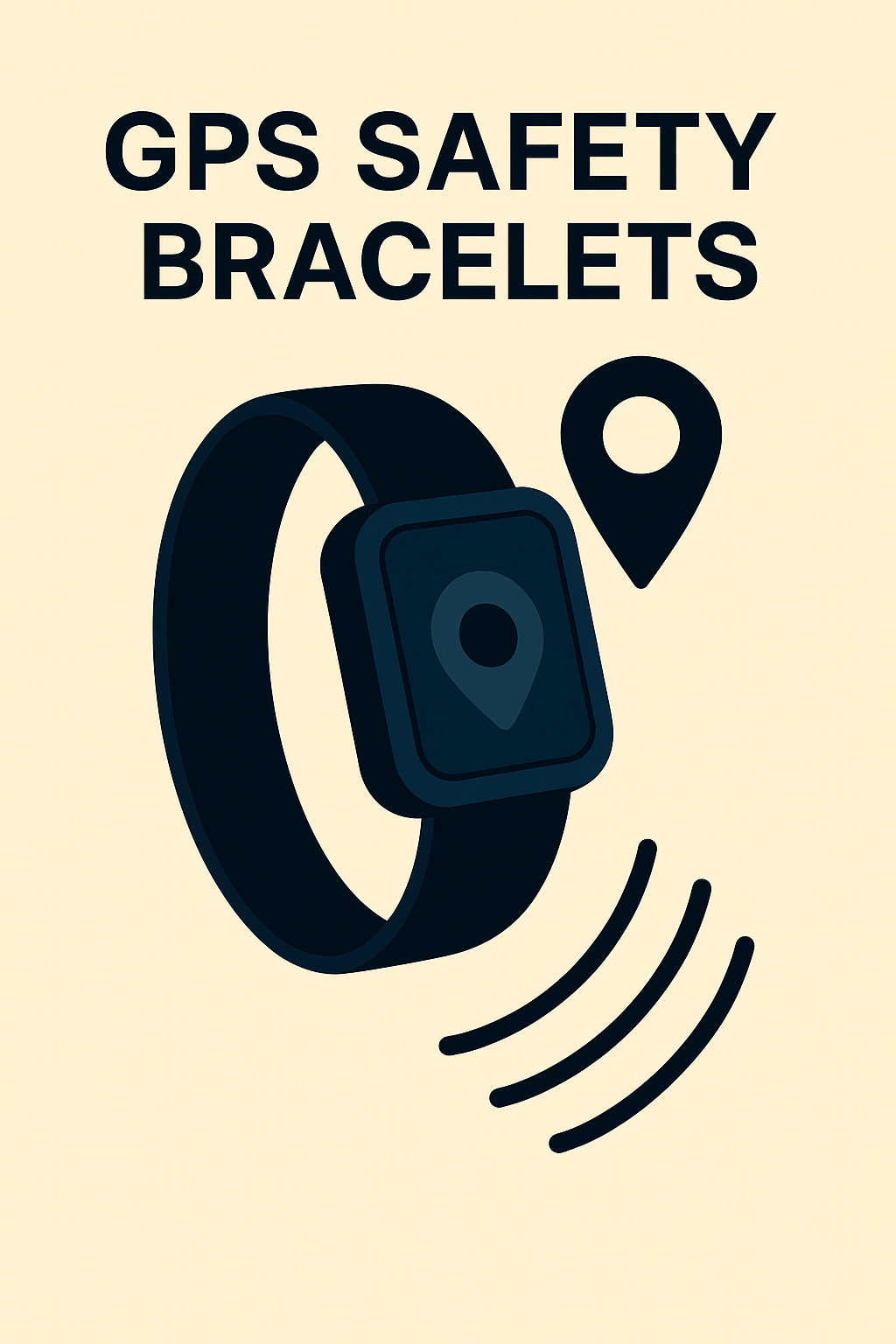
Newsletter Subscribe
Enter your email address below and subscribe to our newsletter

Enter your email address below and subscribe to our newsletter


This is part of our “Tools You Don’t Know That Could One Day Save Your Life” series.
Disclaimer: This article provides general information and should not replace professional medical or legal advice. Always consult with healthcare providers about individual safety planning.
When someone with dementia goes missing, families face a terrifying race against time. Traditional safety advice—”stay close to home,” “carry identification,” “call for help”—assumes the person remembers they’re lost. But what happens when the very condition that puts someone at risk also prevents them from seeking help?
In Los Angeles, a program called LA Found has found part of the answer: technology that works even when memory doesn’t.
The Reality: 60% of people with dementia wander; traditional safety advice fails when memory fails
The Innovation: Tracking devices provide location services without requiring user cooperation
The Accessibility Factor: Works regardless of cognitive awareness, alerts caregivers when needed
The Bottom Line: Location security that functions even when the person can’t ask for help
Standard emergency preparedness assumes capabilities that cognitive conditions systematically remove. “Stay where you are” requires recognizing you’re lost. “Call for help” assumes you remember phone numbers or understand you’re in danger. “Carry identification” depends on keeping track of belongings and understanding their purpose.
This creates what researchers call the “memory paradox”: the very condition that puts someone at risk also prevents them from following the advice meant to keep them safe.
Recent data reveals how widespread this vulnerability has become:
Traditional search methods work backward from the assumption that someone is already missing. They require extensive resources that aren’t always available when needed most, and they start the clock ticking when precious time has already been lost.
But what if technology could work forward, preventing the crisis before it becomes life-threatening?

In February 2018, the Los Angeles County Board of Supervisors unanimously approved the “Bringing Our Loved Ones Home Initiative” (now known as LA Found), a groundbreaking countywide program that provides free GPS tracking devices to families of at-risk individuals.
The program was championed after Nancy Paulikas, a Manhattan Beach resident with early-onset Alzheimer’s, went missing while visiting the Los Angeles County Museum of Art in October 2016. Her disappearance highlighted the urgent need for better location technology.
LA Found operates through elegant simplicity:
While LA Found maintains participant privacy, verified data shows meaningful impact. According to LA Health Services (October 2022), over 1,000 tracking devices have been distributed to LA County residents. An earlier report from Los Angeles Caregiver Resource Center (April 2022) documented 900+ Project Lifesaver bracelets distributed with 26 successful rescues throughout LA County.
The program continues to operate and expand, indicating positive outcomes for families served.
Modern safety tracking devices use different technologies—GPS, radio frequency (RF), and cellular communication—to provide location services without requiring any action from the wearer. Unlike smartphones or medical alert devices, these tools work independently of user awareness or cooperation.
Different tracking technologies serve different needs:
Radio Frequency (RF): Like LA Found’s Project Lifesaver bracelets, these emit signals every few seconds that can be tracked by specialized receivers when emergency teams are deployed
GPS + Cellular: Satellite location combined with cellular communication for real-time tracking and boundary alerts (requires cellular coverage)
Hybrid Systems: Some devices combine multiple technologies for more comprehensive coverage
Geofencing: Automatic alerts when the wearer leaves designated safe areas like home, day programs, or familiar neighborhoods. This enables intervention before someone becomes truly lost.
Tamper Resistance: Devices are designed to be difficult to remove accidentally or intentionally, with secure clasps and durable construction.
Extended Battery Life: Most devices run 5-7 days between charges (varies by model and usage), with low-battery alerts sent to caregivers.
Water Resistance: Protection against daily activities like showering or weather exposure.
Medical Integration: Many devices store medical information and emergency contacts accessible to first responders.
What tracking devices don’t do is equally important to understand:
Here is a visual that breaks this down in more detail, so you can set the correct expectations:
The GPS safety device market has evolved to serve different populations and preferences, with monthly costs typically ranging from $25-50.
Companies like Medical Guardian offer devices that look like traditional medical bracelets. These typically cost $30-50 monthly and focus on emergency response rather than continuous monitoring. Often preferred by users who are still aware of their condition and want to maintain dignity.
Apple Watch Family Setup and similar devices offer more features but may be more obvious as tracking devices. Monthly costs run $15-35, with the advantage of additional health monitoring and communication features.
Companies like AngelSense create devices specifically for cognitive conditions, with features like detailed location history and comprehensive tracking. These typically cost $25-50 monthly but offer more specialized capabilities.
For individuals who consistently remove wrist devices, some options allow GPS units to be integrated into clothing or accessories. These require more planning but can’t be easily discarded.
Important note: Many newer smartwatches offered by mobile carriers and tech companies now include emergency features and location sharing that can serve similar purposes. Apple Watch, Samsung Galaxy Watch, and others offer:
However, specialized GPS safety devices may be preferable for people who:
Simple medical ID bracelets with emergency contact information remain valuable backup options. These metal or silicone bracelets can include:
While they don’t provide location tracking, they can help Good Samaritans and first responders contact families when someone is found.
The choice depends on individual needs, awareness levels, and family preferences. A device that stays on consistently is more effective than a sophisticated one that gets removed.
Tracking devices address fundamental barriers that make traditional emergency preparedness inaccessible for people with cognitive conditions:
The device works regardless of the wearer’s awareness, memory, or understanding. This removes the barrier of requiring someone to remember safety tools during moments when their condition makes that impossible.
Modern devices increasingly look like normal jewelry, watches, or accessories, addressing dignity concerns that prevent many people from wearing obvious “tracking” devices.
Caregivers can configure monitoring through smartphone apps, without technical expertise or ongoing maintenance beyond charging.
Monthly device fees of $25-50 are less than the cost of a single traditional search operation, transforming an unpredictable financial crisis into a manageable monthly expense. However, this represents a significant ongoing cost that may strain some family budgets.
However, significant barriers remain:
If you’re considering tracking devices, here’s how to begin:
Assess Risk Patterns: Understanding when and why wandering occurs helps configure appropriate alerts and response plans.
Choose Appropriate Devices: Consider the person’s awareness level, comfort with technology, and likelihood of device removal.
Set Realistic Boundaries: Include familiar safe areas but avoid boundaries so restrictive they generate frequent false alarms.
Plan for Limitations: Even reliable devices can malfunction. Maintain backup safety measures and emergency contacts.
Work with Local Services: Understand how your local emergency services can access GPS information when needed.
Introduce Thoughtfully: When possible, frame devices as general safety tools rather than tracking devices.
Monitor Consistently: Establish routines for device charging and function checking.
Prepare for Challenges: Some individuals may resist or attempt to remove devices. Have backup plans ready.
Stay Informed: Keep emergency contacts current and understand how to access location information quickly.
Tracking technology for vulnerable populations raises important questions about consent, dignity, and autonomy.
When someone’s cognitive condition affects their ability to make safety decisions, families must balance respect for autonomy with protection from harm. These decisions often require careful consideration of the person’s previously expressed wishes and values.
The goal should be extending independence, not restricting it. Tracking devices should enable people to maintain routines and relationships while providing a safety net.
Understanding how location data is stored, shared, and protected is crucial. Families should review privacy policies and know who can access tracking information.
Different communities have varying attitudes toward family decision-making, individual autonomy, and technology use. These factors should inform implementation decisions.
Future devices promise improvements in battery life, device miniaturization, and integration with health monitoring. Some research focuses on predicting wandering episodes before they occur.
Cities across the country are exploring LA Found-style programs, adapting the model to local resources and needs.
Ongoing discussions include insurance coverage for safety devices, funding assistance programs, and standardized emergency response protocols.
Tracking devices represent more than technology—they’re tools for preserving dignity, independence, and family relationships during challenging circumstances. They work when memory fails, when traditional safety advice becomes impossible to follow, and when the very condition creating risk also prevents help-seeking.
These devices don’t eliminate the challenges of cognitive conditions, but they can help families navigate them more effectively. They may allow for connection rather than constant vigilance, enable independence rather than restriction, and provide security without stigma.
Most importantly, they recognize that effective safety planning must account for real-world limitations and work within the constraints that conditions create, not against them.
The success of programs like LA Found demonstrates that when technology is designed with dignity and accessibility in mind, it can serve as a bridge between safety and independence—preserving both rather than sacrificing one for the other.
For Personal Planning:
For Community Consideration:
Primary Sources:
Additional Resources:
About Resource Story: We bridge the gap between complex systems and practical solutions for families, professionals, and communities. Our focus is on approaches that work within real-world constraints, not perfect circumstances.